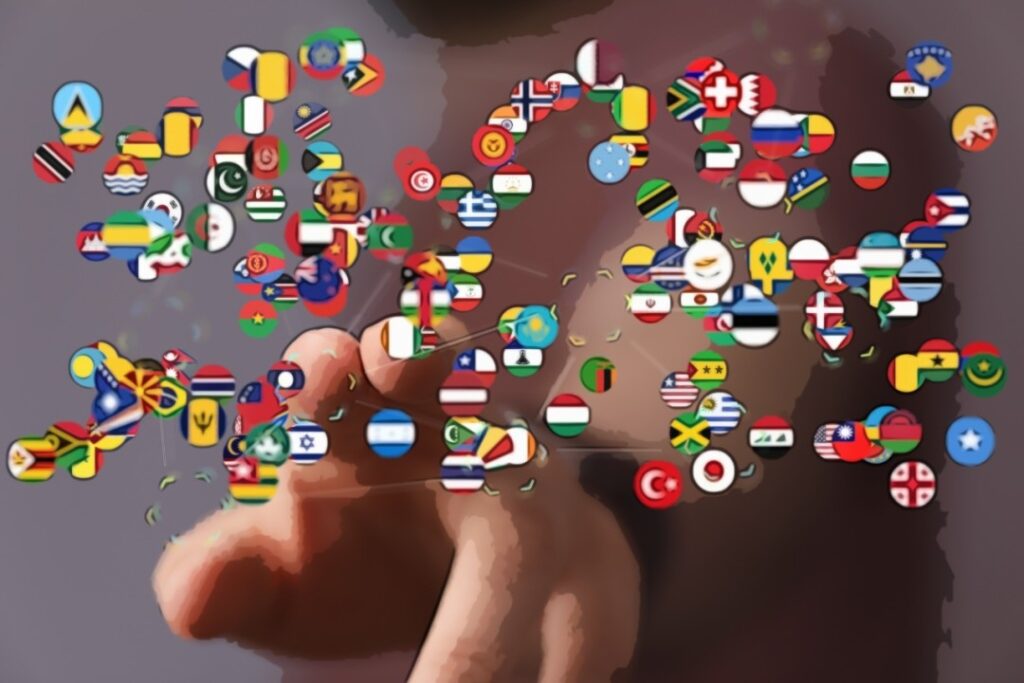Introduction
Embarking on a journey into the realm of medicine is an endeavor marked by rigorous education and training. MDMED: A Comprehensive Overview of Medical Education delves into the essential aspects of defining this path. Understanding the Importance of Medical Education is paramount as it lays the foundation for competent healthcare professionals.
The Evolution of Medical Education
Medical Education has undergone significant transformations over centuries. Historical Perspectives provide insights into ancient healing practices evolving into modern medical sciences. Modern Trends reflect advancements in pedagogy, clinical exposure, and research methodologies, shaping competent physicians.
Key Components of Medical Education
Curriculum design tailored to contemporary healthcare demands, Clinical Training fostering practical skills, and Professional Development nurturing holistic competencies are pivotal in Medical Education. Balancing theoretical knowledge with hands-on experience ensures well-rounded practitioners.
Challenges and Solutions
Navigating challenges such as resource constraints, faculty shortages, and evolving healthcare landscapes requires innovative solutions. Collaborative approaches, mentorship programs, and technology integration foster resilience in overcoming obstacles in Medical Education.
Innovations in Medical Education

Technology Integration revolutionizes learning methodologies, offering interactive simulations, virtual reality environments, and online resources for adaptive learning. Embracing these Innovations enhances accessibility, flexibility, and effectiveness in Medical Education.
Accreditation and Regulation
Ensuring Quality Standards and Compliance through accreditation bodies and regulatory frameworks safeguard the integrity of Medical Education. Continuous evaluation and improvement processes uphold excellence, promoting trust and accountability within the profession.
Global Perspectives
Diverse healthcare systems worldwide exhibit variations in Medical Education structures, curriculum frameworks, and training methodologies. Understanding Global Perspectives fosters cross-cultural competencies and encourages collaborative learning experiences.
Future Trends
Anticipated Developments in Medical Education include personalized learning pathways, interdisciplinary collaboration, and emphasis on lifelong learning. Embracing Future Trends prepares future generations of healthcare professionals to adapt to evolving healthcare needs effectively.
FAQs
How long does it take to complete medical education?
The duration varies but typically ranges from 7 to 15 years, including undergraduate and postgraduate studies, internships, and residencies.
Is medical education the same globally?
While core principles remain consistent, variations exist in curriculum structures, clinical exposure, and licensing requirements across different countries.
How does technology influence medical education?
Technology facilitates interactive learning experiences, access to vast medical databases, and remote clinical simulations, enhancing educational outcomes.
What are the challenges faced in medical education today?
Common challenges include resource limitations, faculty shortages, outdated curricula, and adapting to technological advancements.
How can medical education be made more inclusive?
Promoting diversity in student cohorts, addressing bias in teaching methodologies, and providing support for underrepresented groups are key to fostering inclusivity in medical education.
Conclusion
In conclusion, MDMED: A Comprehensive Overview of Medical Education underscores the dynamic nature of medical training, from its historical roots to future horizons. By addressing challenges, embracing innovations, and fostering global collaboration, Medical Education continues to evolve, ensuring a competent and compassionate healthcare workforce.

